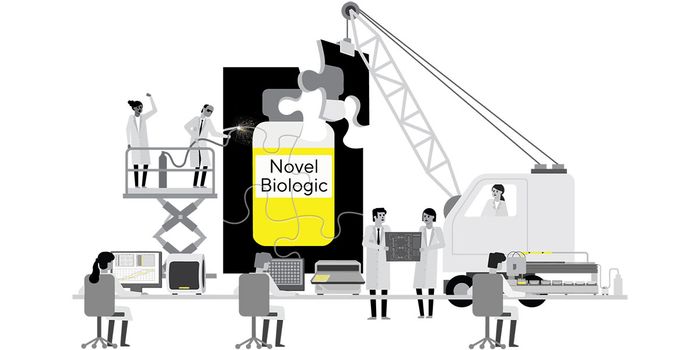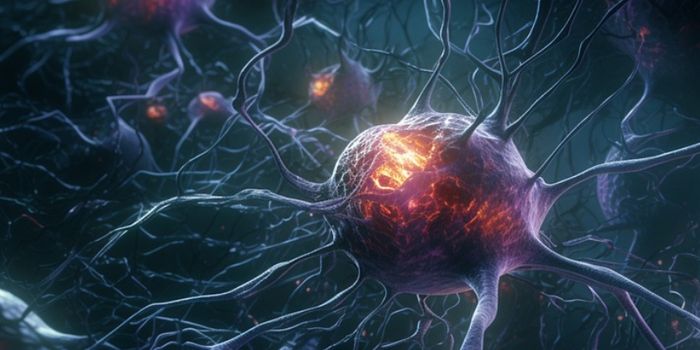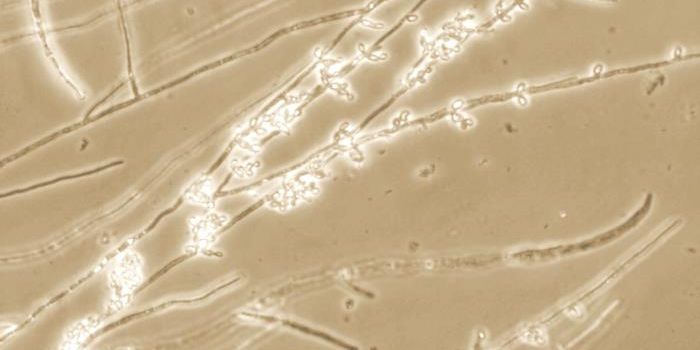Reporting in the journal Development, researchers at the Victor Chang Cardiac Research Institute have identified a cause of several types of birth defects that are triggered by environmental factors. The scientists think their breakthrough discovery indicates that cellular stress could have a major influence on congenital defects of a variety of organ systems like the kidney and heart.
The short video above explains what congenital heart disease is; it affects about one in a hundred babies and is the most common human birth defect. Only a small number of these cases have an obvious genetic cause, as environmental stress can induce the disease.
The investigators have studied how short-term oxygen deficiency affects heart development in an embryo by using a mouse model. "We obviously know that smoking is terrible for an unborn baby's health. But oxygen deficiency in an embryo can be caused by many things, for example prescription medications, high blood pressure, high altitude, a tangled umbilical cord, as well as carbon monoxide," said Professor Sally Dunwoodie, Head of the Embryology Laboratory at the Victor Chang Institute and senior author of the work.
The mice were exposed to oxygen levels that were as low as 5.5 percent of normal for eight hours.
The results demonstrated, for the first time, that low levels of oxygen are damaging to the developing heart. Importantly, the kinds of heart defects the investigators observed were like those that are most commonly found in humans. The research team has also figured out the way in which the low oxygen caused dysfunction in the developing heart.
"We discovered that reduced oxygen triggered a stress response in the embryonic cells. The cells try to relieve the stress by stopping protein production. Suddenly those proteins aren't available to make the heart at a critical time and the heart couldn't develop properly," explained Dunwoodie.
Intriguingly, this cellular stress is not only caused by an oxygen deficiency. Multiple environmental factors and conditions, such as viral infections, increased temperature, high blood glucose, poor nutrition, or pollution, can initiate the stress.
"This cellular stress response could be the key to a variety of birth defects, not just heart defects. Now, we strongly suspect it's an underlying mechanism for many different types of birth defects, including those of the vertebrae, kidney and others."
"Surprisingly this cellular stress response has been used for hundreds of millions of years and it is only now that we have discovered that it can cause organs, such as the heart, not to form properly" concluded Professor Dunwoodie.
Sources:
AAAS/Eurekalert! via
Development


















































